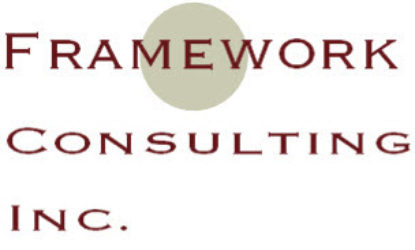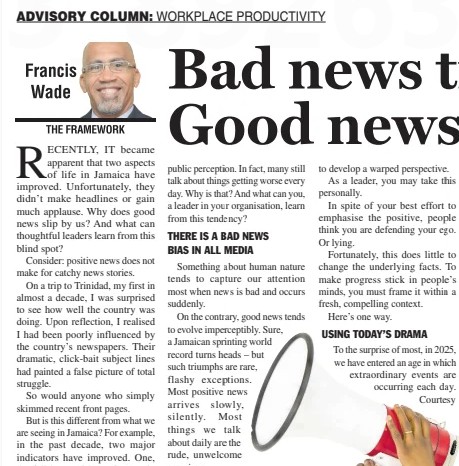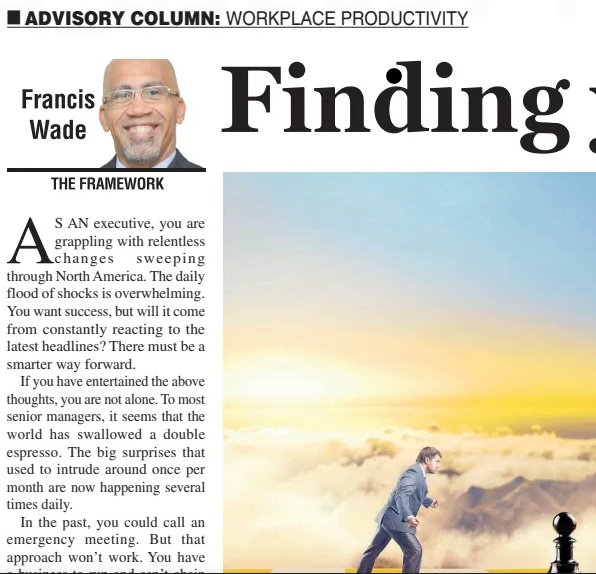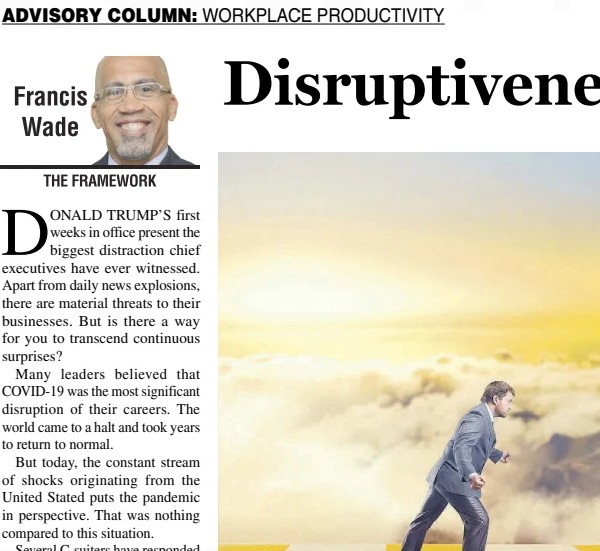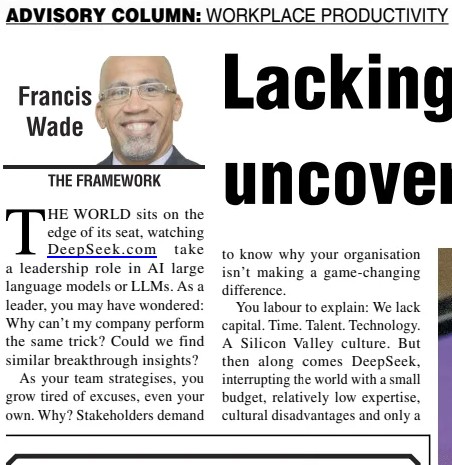Recently, I noticed two positive trends in Jamaica that haven’t exactly made the headlines. One is economic, the other social — and both are significant. Yet, they’ve flown under the radar. Why?
It turns out, there’s a powerful leadership insight here.
Let’s start with a quick story. On a recent trip to Trinidad — my first in nearly ten years — I was surprised by how well the country was doing. This wasn’t what I expected. Why? Because my impression had been shaped by dramatic, click-bait headlines in their local media. I’d unconsciously absorbed a picture of decline that wasn’t real.
But it’s not just a Trinidadian problem. We’re seeing the same disconnect in Jamaica.
Two Quiet Wins in Jamaica
Consider these two major wins for our country:
- Our debt-to-GDP ratio has fallen significantly over the past decade — a shift hailed internationally as a fiscal miracle.
- The murder rate is down by around 35%, a change that’s more immediate and tangible for everyday Jamaicans.
And yet, if you scan the average conversation — or the comments section of any local article — you’d think things are only getting worse.
So what’s going on? More importantly, what can you, as a leader, learn from this mismatch between reality and perception?
1. The Media’s Built-In “Bad News Bias”
Humans are wired to notice threats. It’s a survival instinct. That’s why bad news spreads faster and sticks longer. The media — and our internal company “grapevines” — amplify this.
In contrast, good news usually unfolds gradually. It doesn’t grab us by the collar.
Think about it: a new sprint world record makes headlines. A steady decline in national debt? Not so much.
Inside your organisation, the same dynamic plays out. Rumours of misconduct, layoffs, or resignations make the rounds in minutes. Meanwhile, the months of quiet progress you’ve led? They barely register.
And if you try to highlight those wins? You risk being seen as defensive, or worse — out of touch.
Don’t take it personally. This isn’t about you. It’s just how attention works. But it does mean that to lead effectively, you need to do more than deliver results. You need to frame them within a bigger, ongoing story.
2. Use Disruption as Strategic Leverage
We live in a time of continuous surprise. Global politics, economic shocks, social unrest — there’s no shortage of daily drama.
Instead of fighting it, smart leaders use this volatility as a strategic tool.
Take Tim Cook at Apple. According to the Wall Street Journal, he’s mastered the art of staying focused on the “long arc of time.” When short-term crises like tariffs threaten Apple’s operations, he zooms out, reminding his team of their long-term goals. This mindset gives Apple a major edge over reactive competitors.
Closer to home: imagine you run a T-shirt company. Most businesses dread election season — it’s disruptive, unpredictable. But you? You see a recurring opportunity to provide campaign merchandise. You plan ahead, lean in, and make election cycles work for you.
In other words, you turn chaos into competitive advantage.
3. Disruptions Are Inevitable — Welcome Them!
The late Brazilian F1 legend Ayrton Senna was known for excelling in wet conditions. While others grumbled, he thrived. He trained specifically for rainy races and saw bad weather as an edge — not a setback.
That mindset can apply to your organisation, too.
Imagine treating every disruption — economic, political, internal — as rocket fuel. Not “good” or “bad,” just a source of energy to be redirected.
This doesn’t happen by accident. It requires two big shifts:
- A 15-30-year strategic vision that anchors your organisation in long-term goals.
- Ongoing internal communication that reinforces this perspective, even (especially) when things get tough.
Your people won’t get this balance from the news. Or social media. Or even their coworkers. It has to come from you.
But here’s the catch: most managers aren’t trained for this. They’re too caught up in firefighting. They’ve never seen the “big picture,” let alone been asked to communicate it.
So when breakdowns happen — and they will — teams spiral into fear. But with a shared long-term narrative in place, even big shocks can become breakthroughs.
Final Thought:
Being a leader in 2025 isn’t just about managing performance or hitting KPIs. It’s about building a team that can hold two ideas at once: slow, silent progress and sudden, sharp change. That’s the real skill — and the edge — of tomorrow’s most effective leaders.
